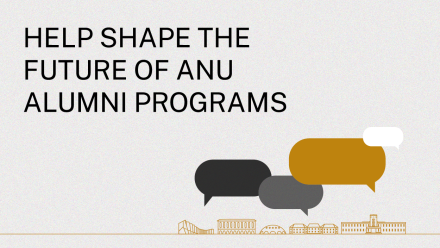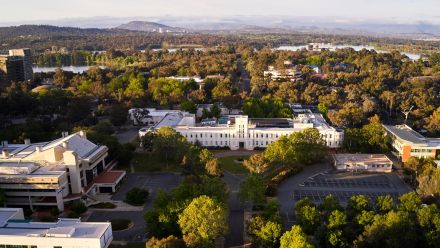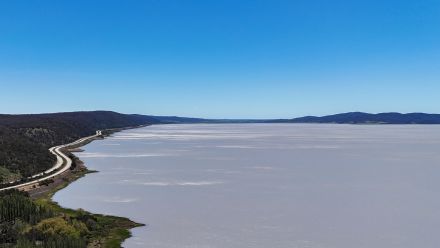An international team of scientists have observed a collision of two black holes, violent and energetic events in the cosmos, in detail .
According to the research team, which involved scientists from ¤Öêüäšäû (ANU), the merging of these two black holes about 1.3 billion light-years away generated a cosmic signal so loud that scientists were able to use it to test Stephen Hawkingãs theory of black hole thermodynamics, which was proposed in 1971 and predicted black holes can only grow in size and never shrink.
The results provide the strongest evidence yet to suggest Hawkingãs hypothesis to be true.
The collision of the two black holes was detected on 14 January 2025.
The research team measured the surface areas of the two original black holes ã each one with masses between 30 to 40 times that of our sun ã and compared them to the newly formed single, larger black hole.
They determined that the two original black holes had a total surface area of 240,000 square kms (slightly more than the state of Victoria), while the newly formed black hole covered about 400,000 square kms (about half the size of New South Wales).
One of the lead Australian analysts, PhD researcher Neil Lu from the ¤ÖêüäšäûCentre for Gravitational Astrophysics (CGA), said the results demonstrate that the size of the final black hole area is bigger than the sum of the originals, providing the best evidence yet to support Hawkingãs hypothesis.
ãAs black holes spiral together and violently collide into one another, they create ripples in the fabric of space-time known as gravitational waves,ã he said.
ãWhen two black holes merge to become one, it causes the final, larger black hole to vibrate like a struck bell, ringing out into the cosmos.
ãBy analysing the frequencies of these gravitational waves created by the black hole merger, we have detected the strongest and cleanest black hole ãnoteã weãve ever heard. For the first time, we can clearly identify more than one of the predicted tones from the final black hole, and they match exactly what Einsteinãs theory says they should.ã
"This merger shows us that black holes obey both simplicity and chaos. Theyãre described only by mass and spin, yet their horizons grow in a way that encodes the disorder of the universe,ã said Dr Ling Sun, a study co-author who led the analysis for the ¤Öêüäšäûcontribution for this work.
Study co-author Distinguished Professor Susan Scott, leader of gravitational wave data analysis at ANU, said: "We now know that the universe is full of black holes. And black holes are not stars ã they are geometric objects in space. This analysis sheds light on two of their key properties: black holes can only get bigger, and black holes resonate or ãringã when perturbed."
The result marks the culmination of decades of collaboration between a global cohort of researchers that has helped fine-tune ultra-sensitive gravitational wave detection instruments, pioneer new analysis techniques, and train the next generation of scientists to listen for the faintest ripples in space-time.
The black hole discovery also coincides with the 10-year anniversary of the first-ever detection of gravitational waves, which were predicted by Albert Einstein 100 years prior to their discovery in 2015. The waves had travelled for around 1.3 billion years at light speed before reaching Earth.
Thanks to a decade of instrumental upgrades and data analysis advances, the researchers were able to record the signal in January 2025 from the black hole collision with three times more clarity compared to the historic first detection in 2015.
In the 10 years since scientists first detected gravitational waves, the instruments used to detect these cosmic events have become far more advanced, paving the way for a raft of new space discoveries. The Laser Interferometer Gravitational-Wave Observatory (LIGO) can detect space-time distortions smaller than 1/10,000 the width of a proton. That's 700 trillion times smaller than the width of a human hair.
Since 2015, the global gravitational-wave-hunting network, known as the LVK (LIGO, Virgo, KAGRA) Collaboration, has captured a total of about 300 black hole collisions, as well as a handful of binary neutron star and black hole-neutron star mergers. Scientists are now detecting a black hole merger roughly once every three days.
ãWith dozens of signals now being detected each year, weãre no longer hearing isolated notes; weãre beginning to hear the full symphony of space-time,ã Dr Sun said.
The collision of two black holes observed in detail never-before-seen is published in the . This work also involved scientists from the LVK Collaboration and the ARC Centre of Excellence for Gravitational Wave Discovery (OzGrav).


